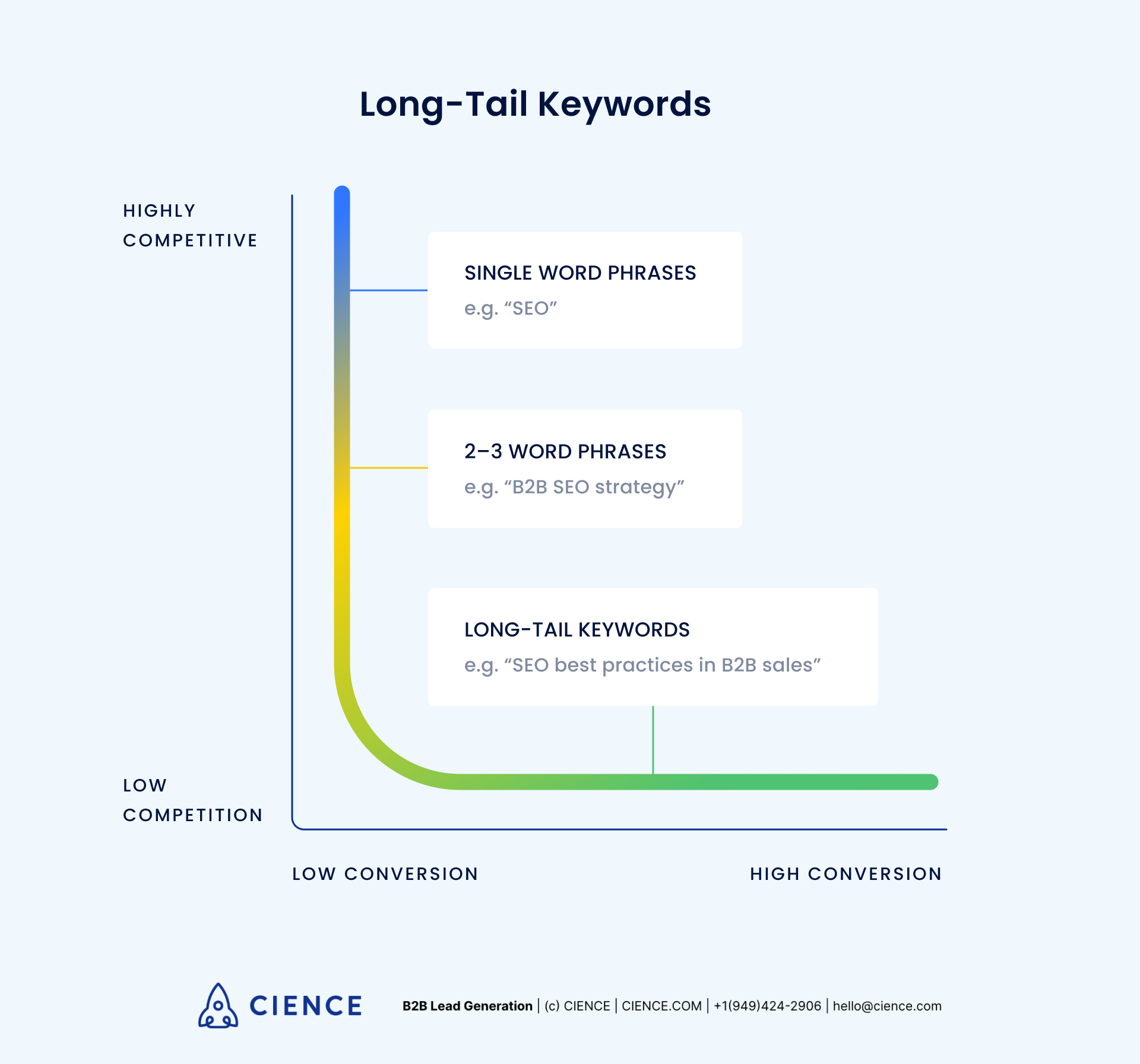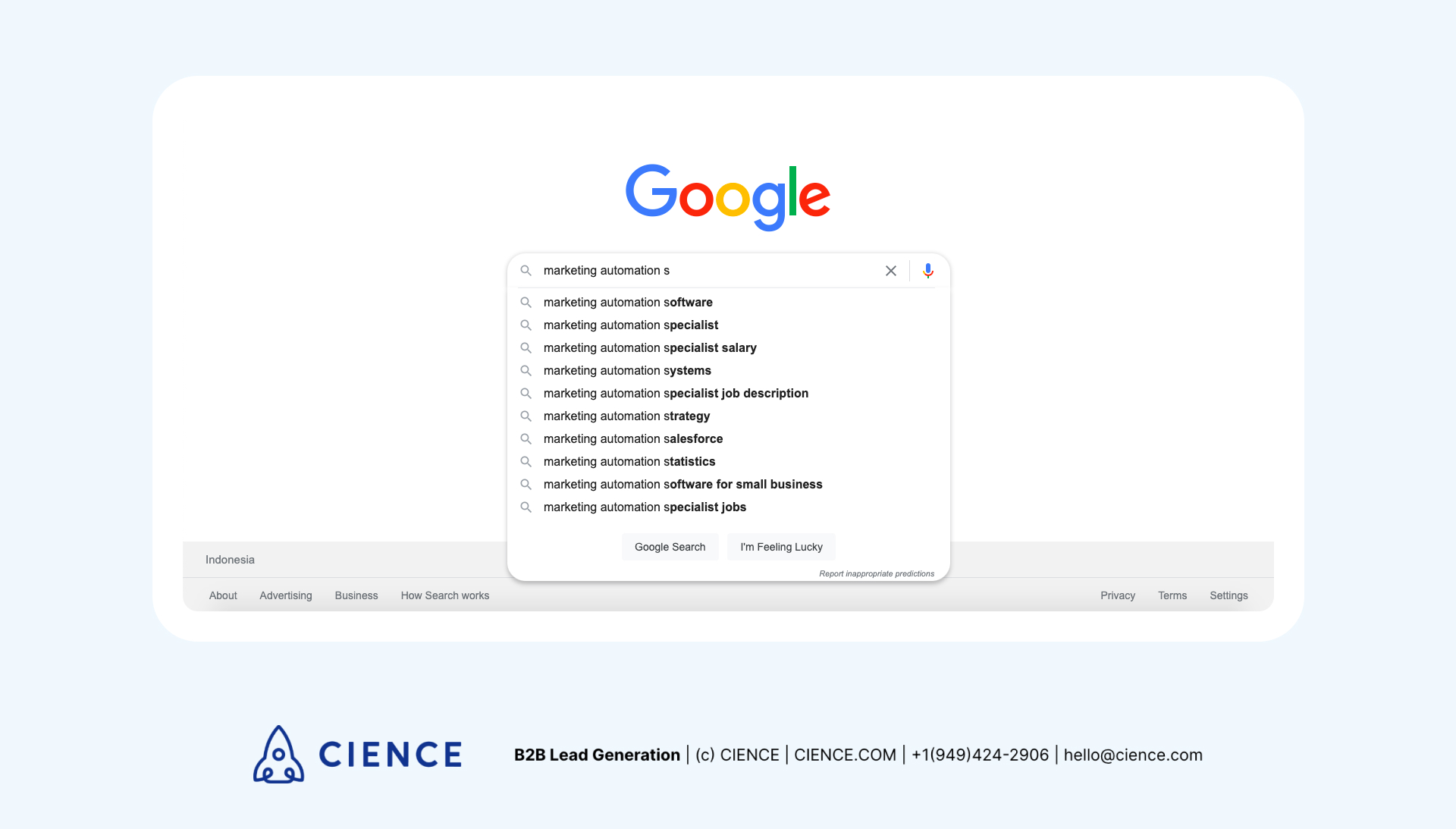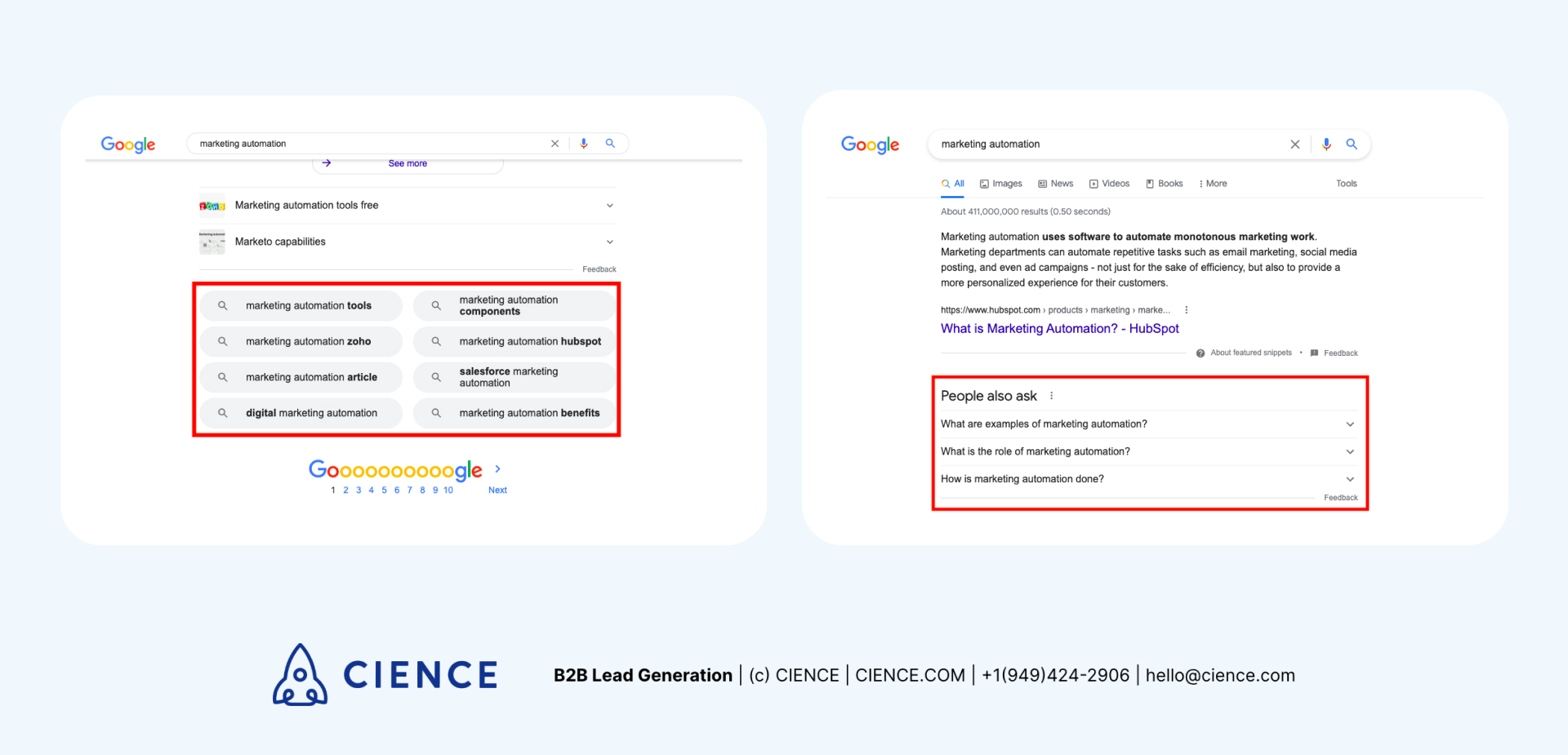Long-Tail SEO: Strategies for Business
These days, it is important for B2B organizations to implement SEO well. This is because many of its potential customers use search engines to help them determine their buying decisions.
According to Google, 90% of B2B researchers who are online use search engines to know more about their business purchases. Moreover, many B2B buyers (42%) read three to five pieces of content before deciding what they want to buy.
If a B2B website has excellent SEO, then it can establish a good presence from the point of view of its prospective buyers. As a result, the transactions that occur should increase significantly as well.
However, it isn’t easy to rank high and get organic traffic from search engines. Many businesses have realized the importance of SEO and also try to compete for the search engine rankings.
According to the CMO Survey in 2021, B2B companies have spent an average budget of millions of dollars for SEO annually. Because of this, the competition, especially for valuable keywords, is tight.
However, there are several approaches your business can use to navigate the competition and still get significant results from its SEO effort. One of them is by using the long-tail SEO approach. This approach can potentially give great results, especially if your company still has a low authority website.
Want to know more about long-tail SEO? Find out how it works, the benefits, and how you can implement SEO best practices to improve your search results.
What Is Long-Tail SEO?
Long-tail SEO is a strategy that aims to create content that can rank high in search engines for long-tail keywords.
This approach prioritizes low competition level over high search volume to get potential organic traffic to a website. This can be ideal for a website that is new and/or has low authority. That is because it is usually hard for this type of website to compete with other established websites.
What Are Long-Tail Keywords?
Long-tail keywords are derivatives of short-tail keywords. They are usually long in length, specific, and have low search volume and competition level.
To understand more about the long-tail keywords, let’s take a look at the chart below:

As you can see in the chart, these long-tail keywords usually have a low competition level. That is because, logically, many websites are more interested in ranking for keywords that have high search volume as they can bring much more traffic for them.
How Can Long-Tail SEO Help B2B Sales?
As mentioned before, SEO is important for B2B sales as it can help companies market their offerings with potentially more impact. However, the competition level for B2B SEO is high as there are many players in it and they invest significantly to gain a competitive edge in their SEO effort. This is where long-tail SEO can be an ideal solution.
You can use this SEO approach to target keywords that are much easier to rank. Although they usually have low search volume, they should be impactful if you can rank in many relevant long-tail keywords. You could use a rank tracker to help you out with this task.
For a quick-win strategy, long-tail SEO should help you get organic traffic and potential leads for your business quicker. You can do this while building your website authority to target more competitive keywords in the future.
Moreover, besides the low competition level, long-tail SEO also targets keywords that are usually more specific. If the specifications of those keywords are much more relevant to what your business offers, they should help bring more quality leads to your website. These high-quality leads should be easier to convert into sales for your business.

How Do You Find Long-Tail Keywords?
The most crucial step in the long-tail SEO approach is to know the potential keywords you want to target. Here are a few methods to find the right keywords:
1. Google autocomplete
To get ideas for the long-tail keywords, you can use what Google suggests by utilizing the autocomplete feature.
Just type a short-tail keyword in the Google search box and add a word from A-Z. The keyword suggestions from the autocomplete feature should appear below the search box. These can be the source of your long-tail keywords list.

2. Related searches
Another way is by looking at the “People also ask” and “Related searches” parts of a Google search result page. To look at them, just search for a keyword and then scroll down to view these parts.

AnswerThePublic
Besides Google, you can also get potential long-tail keywords from online tools such as AnswerThePublic. Just enter a word or two in its text box and it will give some keyword suggestions in the form of questions.

You can also get potential keywords by brainstorming them yourself or through popular SEO tools such as Ahrefs, Moz, or SemRush.
Just make sure the keywords you list are related to your business and can attract relevant people to come to your B2B website. You may also want to prioritize keywords that indicate a high intention to buy your products/services. Some examples are keywords that contain:
- Your brand
- Your brand vs. another brand
- “Best”
- “alternatives”
- “reviews”
- “Buy,” “purchase,” “order,” or “get”
- “near me”
After you get a list of long-tail keywords, you can prioritize them based on their difficulty to rank. Then, create and publish quality content for those keywords according to their search intent and information needs.
As long-tail keywords usually have a lower competition level, your content should be able to rank higher and faster—that is as long as your content can answer what those long-tail keywords want in terms of their intent.
5 Tips for Implementing Long-Tail SEO
Want to utilize long-tail SEO for your business? Here are five tips you can practice to optimize its impact:
1. Make sure there is at least some traffic for your keywords.
Even though you should expect long-tail keywords to have low search volume, that doesn’t mean they shouldn’t have any search volume at all. There should be some searches for the information on your content if you want to get organic traffic from it.
To make sure people search for your long-tail keywords, you can check them with the SEO tool you use. If they have more than zero search volume or at least suggested by the SEO tool, they should have potential traffic. Another way to check them is by knowing whether Google suggests them or not in its autocomplete feature.
2. Watch out for the competition level of your long-tail keywords.
Long-tail keywords usually have a low competition level but this isn’t always the case. To make sure of this, you should check them through your SEO tool or by looking at the websites that rank on their search result page.
Checking the competition level of your long-tail keywords should give you more belief that your content can rank high on them. Besides, you can also check their search intent and benchmark your content if you examine the competition through search engines.

3. Find long-tail keyword suggestions from your competitors’ keywords portfolio.
Your existing content may rank for some high potential long-tail keywords but the information there isn’t optimized yet for those keywords. Your B2B competitors might also rank for some long-tail keywords that give significant results for their business. These can be excellent sources of keyword inspiration for your long-tail SEO.
To know potential long-tail keywords from your and competitor websites, you can use your SEO tool to check the keywords they currently rank. When you identify the keywords you like, you can include them in the list of the keywords you target.
4. Understand the latest relevant B2B trends.
New technology or an event relevant to your business might be significant and make people search for its related information. This can potentially become a new source for your long-tail keywords as there are probably many new queries that search engines receive because of this.
Keep updating your website on the news related to your industry and be aware when there is a significant trend that happens. Doing this should help you optimize your long-tail SEO further and make you rank for more excellent keywords.
5. Keep building your website authority.
Implementing long-tail SEO doesn’t mean you should neglect your website’s potential to rank in competitive keywords. After all, competitive keywords are competitive because of a reason. Many established websites want to rank on them (including your competitors) because they can give high quality and quantity traffic.
Thus, you should keep building your B2B website authority by consistently producing great content and getting quality backlinks. By doing this sooner rather than later, you should be able to rank not just for long-tail keywords.
Improve B2B Sales with Long-Tail SEO
SEO is an important part of a B2B marketing strategy these days. You should be able to optimize your website so it can rank high in search engines and get significant organic traffic.
Long-tail SEO can be the answer for you who want to get better SEO results for your business. Keep on optimizing your content for long-tail keywords while also building the authority of your website. Doing that should help you grow your website further and get quality leads for your business.
